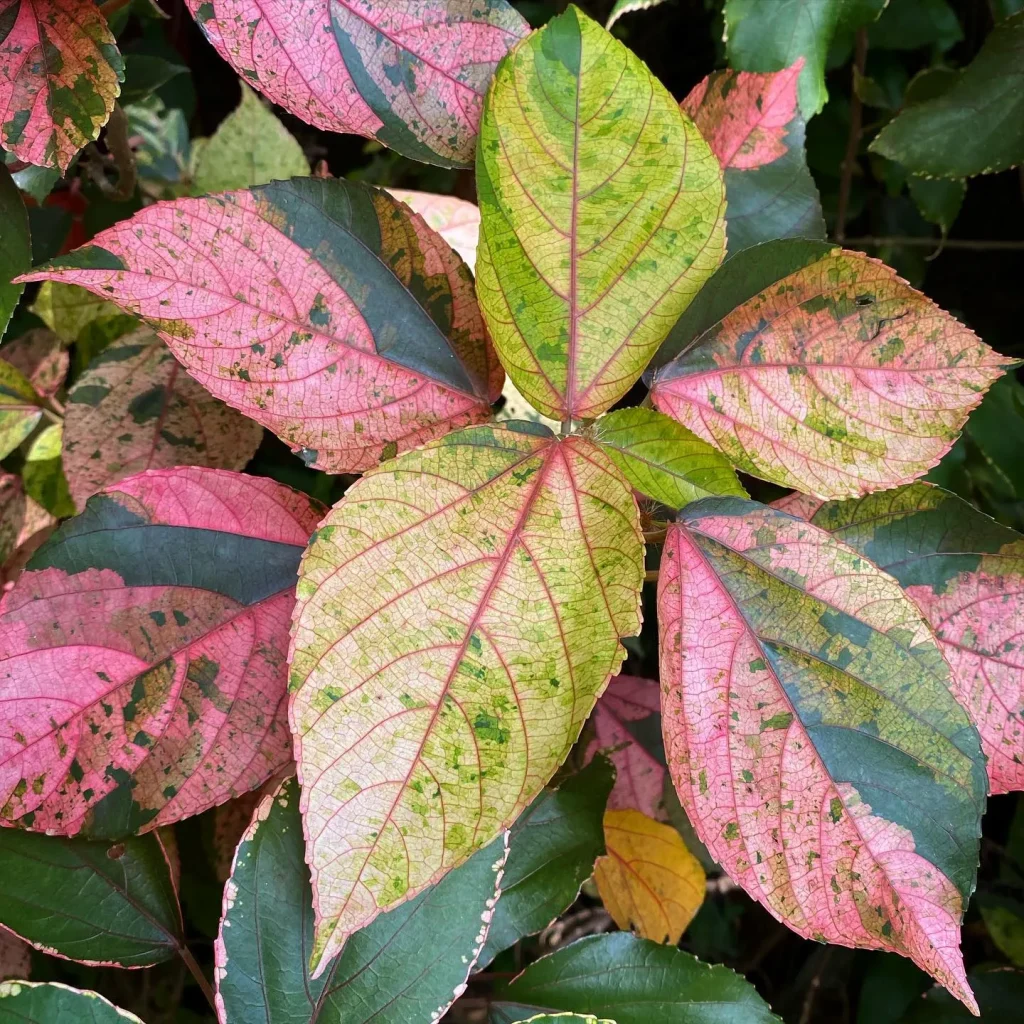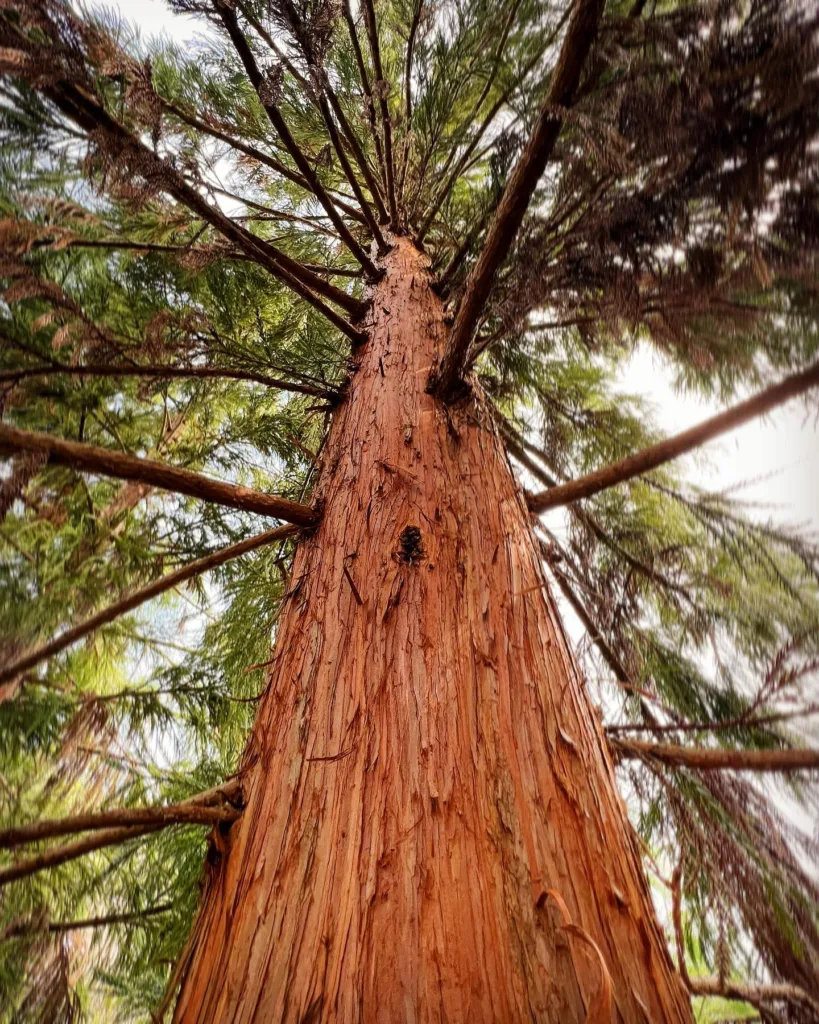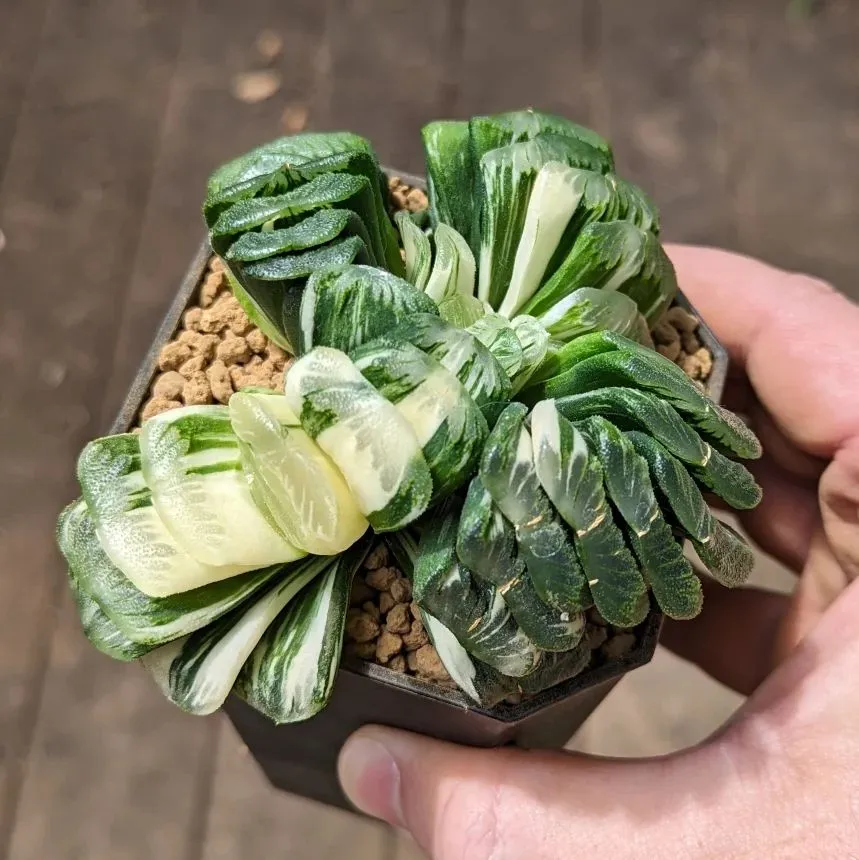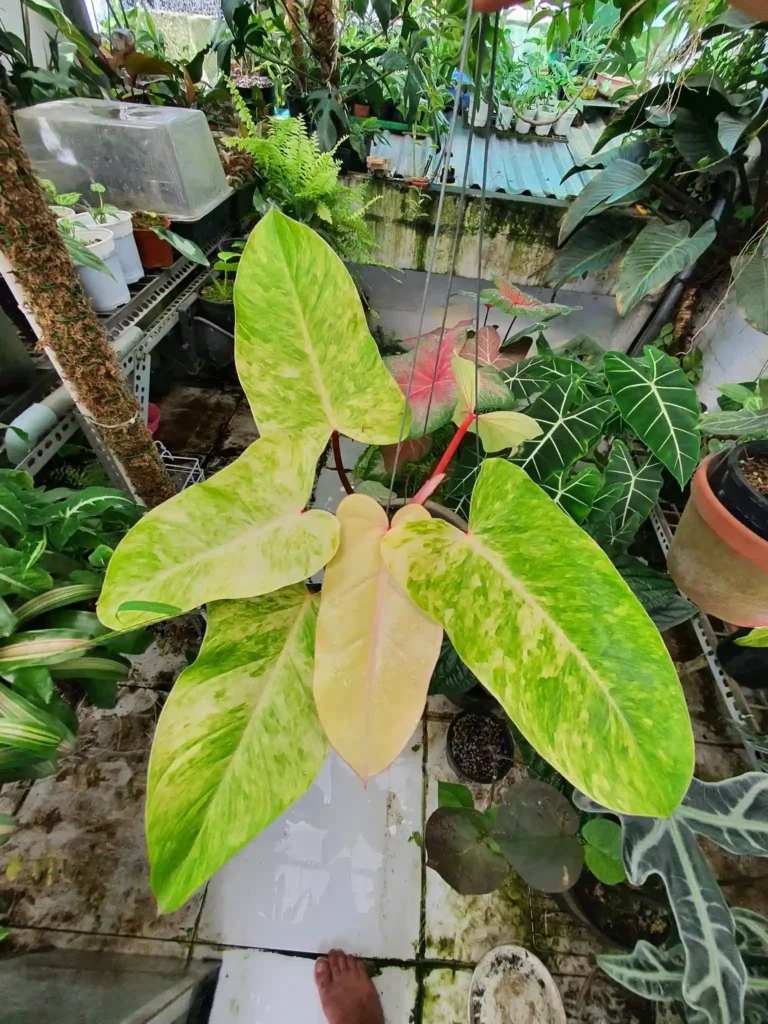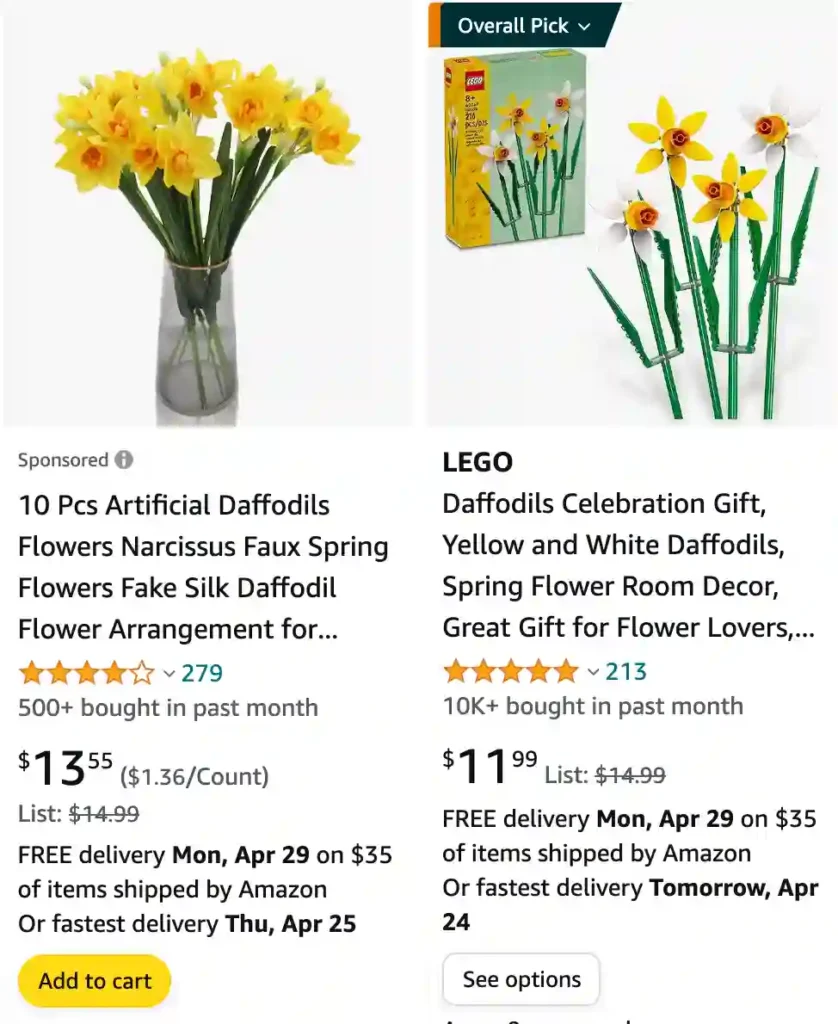
Daffodil – Narcissus Pseudonarcissus: A Bright Symbol of Renewal
When I think of spring, the first image that comes to mind is a field dotted with cheerful, golden daffodils. The Narcissus pseudonarcissus, commonly known as the daffodil, is one of the most iconic symbols of renewal and rebirth. It’s a plant I’ve come to admire deeply, not just for its beauty, but for its resilience and adaptability. Let me take you through my personal journey with this remarkable flower, which has become a staple in my garden and a source of endless fascination.
166 Species in Genus Narcissus
Why Daffodils Matter to Me?
Daffodils have a timeless charm. Their trumpet-shaped blooms and vibrant hues bring a sense of joy that feels almost tangible. But beyond their aesthetic appeal, they carry profound symbolism. These flowers often represent hope and new beginnings, which is why I find it fitting to plant them in my garden each fall. By the time spring arrives, the sight of those blooms feels like nature’s way of affirming life’s constant renewal.
For me, daffodils are more than just a beautiful flower—they’re a reminder of resilience. Despite their delicate appearance, these flowers endure the harshness of winter and bloom gloriously when the season turns. It’s a lesson in perseverance that resonates with me on a personal level.
The Science Behind the Beauty
As someone who enjoys digging into the specifics of plants, I’ve learned a great deal about the biology of Narcissus pseudonarcissus. Native to Europe, especially regions like the British Isles and western France, this species thrives in temperate climates. It prefers well-drained soil and partial to full sun, making it a versatile choice for many gardeners.
The plant’s structure is fascinating. The bright yellow or white perianth segments (petals) frame a central corona, often in a contrasting color, giving the bloom its signature look. These flowers are not just visually striking—they’re also pollinator-friendly. Bees are particularly attracted to their vibrant colors and sweet scent.
Daffodils are also known for their toxicity, thanks to a compound called lycorine. While this means they’re deer- and rodent-resistant—a boon for gardeners like me—it also requires caution when handling, especially around pets and children.
Planting and Caring for Daffodils
In my garden, daffodils are a non-negotiable presence. Planting them is a ritual I look forward to every fall. I start by selecting high-quality bulbs from trusted suppliers. The larger the bulb, the more robust the bloom, so I always choose carefully.
Planting is straightforward: I dig a hole about three times the depth of the bulb, ensuring the pointed end faces up. Spacing is crucial—crowding the bulbs can lead to smaller blooms and weaker plants. Once planted, I water them thoroughly and add a layer of mulch to retain moisture and insulate the bulbs during winter.
Daffodils are remarkably low-maintenance. They require little beyond occasional watering during dry spells and deadheading spent blooms to encourage energy storage in the bulb. After the flowering season, I let the foliage die back naturally. This allows the plant to photosynthesize and store nutrients for the next year.
Designing with Daffodils
I’ve experimented with various ways to incorporate daffodils into my garden design. One of my favorite techniques is naturalizing them in a meadow-like setting. Their bright blooms look stunning scattered across a lawn or under deciduous trees. I also enjoy pairing them with other spring bulbs like tulips and hyacinths for a dynamic, layered display.
For container gardening, miniature varieties of daffodils like ‘Tête-à-Tête’ are a delightful choice. They’re compact, yet every bit as vibrant as their taller counterparts. These containers bring a splash of color to patios and balconies, proving that daffodils can thrive in almost any setting.
Cultural and Historical Significance
The daffodil’s cultural relevance adds another layer to its appeal. In many cultures, the flower symbolizes renewal and prosperity. In Wales, the daffodil is a national emblem, celebrated on St. David’s Day each March. Its connection to poetry is equally significant—William Wordsworth’s famous lines in “I Wandered Lonely as a Cloud” immortalized the daffodil as a muse of artistic inspiration.
FAQs
How deep to plant bulbs daffodil?
Planting bulbs always feels like a little act of faith, and daffodils are my favorite for their bright promise of spring. The general rule is twice the height of the bulb, but I usually eyeball it and aim for about 6 inches deep. Getting the depth right is important – too shallow and squirrels might make off with them, too deep and they might struggle to reach the surface. I once crammed a bunch of extra bulbs into an old pot, figuring they’d make do, and they ended up blooming a couple of weeks later than the ones I planted properly – learned my lesson!
How to store daffodil bulbs?
After my daffodils have faded, I’m always torn between digging up the bulbs or leaving them be. I like to leave them in the ground if possible – less work, and I find they naturalize better that way. But sometimes you need to move them or a bed gets overcrowded. When I do dig them up, I let the foliage completely yellow and die back first. Then I brush them off, separate any new bulb clusters, and store them in a paper bag somewhere cool and dry. My garage is pretty good for that, but a basement or even a dark cupboard would work. Just make sure they won’t get damp!
What color are daffodils?
The classic daffodil in my head is that sunshine yellow with a bright orange trumpet, the kind you’d see in a child’s drawing. But there’s so much more variety! I love the pure white ones, especially those with a little ruffly center that looks almost like lace. There are delicate, pale yellows, bold oranges, and even some with hints of pink. Last year I planted a variety called “Pink Charm” that surprised me with this incredible salmon-coral colored center that fades to a soft peach. Daffodils keep reminding me that there’s always something new to discover in the garden!
Are daffodils deer resistant?
Absolutely! Daffodils are my go-to for areas where deer like to wander. The smell alone seems to be enough to deter them, which means I can finally enjoy spring blooms without them being nibbled down to nubs. They’re not completely immune, mind you – a particularly hungry deer might take a chomp if there’s nothing else around. But compared to tulips or crocuses, daffodils are basically off the menu. It feels a bit miraculous, like I’ve outsmarted the deer for once!
Should you deadhead daffodils?
I always deadhead my daffodils. It’s partly aesthetic – those faded blooms are just not as pretty to look at – and partly about boosting next year’s bloom. If you let them go to seed, it takes energy away from the bulb, and the flowers the following year might be smaller or fewer in number. Now, if you’ve got daffodils naturalized in a wilder area of your garden, deadheading probably isn’t a priority. But for my pots and borders, I love seeing them come back in full force every spring, so deadheading it is!
How to deadhead daffodils?
Deadheading daffodils is one of those simple garden tasks I actually enjoy. After all that vibrant yellow, those droopy, dried-up flowers just look a bit sad. I usually wander around with my secateurs and snip off the faded flower heads and the top inch or so of the stem. No need to take the whole stalk out – the leaves need to wither naturally to feed the bulb for next year. Some people like to pinch off the heads with their fingers, but I find that a bit fiddly. Plus, the satisfying snip somehow makes the task feel more complete!
What is the difference between daffodils and jonquils?
Okay, this is one I’ve definitely grappled with, so I get the confusion! For me, the real tell is their leaves. Daffodils have those classic wide, flat green leaves, but jonquils have slender, almost rush-like leaves. Then there’s the flowers themselves. Jonquils tend to have smaller, multi-petal clusters, usually all in vibrant yellow, with a strong fragrance. Classic daffodils usually have that big, bold trumpet and can come in a wider range of colors. Of course, there are always exceptions with all those hybrid varieties, but those differences in leaves and bloom shape are my biggest clues.
Can you eat daffodils?
Definitely not! I love my daffodils in the garden, but they’re seriously not for eating. Every part of the plant is toxic, especially those underground bulbs. Eating them causes nasty symptoms like nausea, vomiting, and stomach cramps. I’ve even heard about them being mistaken for onions with some pretty disastrous results. It’s one of those lessons you learn as a kid (hopefully with just a stern talking-to and not an upset stomach!) – daffodils are for admiring, not snacking on.
Do rabbits eat daffodils?
Luckily, daffodils are basically rabbit-proof! Like deer, they seem to dislike the smell or taste, which makes daffodils a gardener’s best friend in areas with pesky bunnies. It’s honestly such a relief, especially since young and tender tulip bulbs are such a rabbit delicacy. I’ve mixed daffodils in with my other spring blooms, and while the rabbits mow down the crocus and pansies, they give the cheerful daffodils a wide berth.
What to do with daffodils and tulips after flowering?
Once my daffodils and tulips have finished blooming, I have a bit of a routine. First, I resist the urge to tidy up! Those yellowing leaves might not be pretty, but they’re still feeding the bulbs for next year’s show. For tulips, I deadhead the faded flowers to stop them from forming seeds. With the daffodils, I let the whole flowerhead wither on the stem. Then, after about six weeks when everything has died back, I cut the foliage right down to the ground. If it’s a bed that needs a refresh, I might dig the bulbs up to store and replant in the fall, but often I just leave them in the ground and let them do their thing!
When to cut daffodils?
I always feel a sense of anticipation when the daffodils bloom, knowing it means I can have those cheerful pops of color inside my home. I try to cut them when they’re just opening – the buds are full and colorful, but the petals haven’t quite unfurled yet. That way they last much longer in the vase. I find if I wait until they’re completely open, they start to droop pretty quickly. Sometimes, I’ll cut a few extra stems to give to a friend or neighbor – sharing that spring joy just makes those sunny blossoms even brighter!
Do squirrels eat daffodil bulbs?
Nope, squirrels generally steer clear of daffodil bulbs! Daffodils are one of those wonderfully low-maintenance spring favorites precisely because critters like squirrels and deer seem to hate them. They contain a substance that’s toxic to rodents, which makes them a great choice for areas where squirrels like to dig. It’s one of those rare times where my garden doesn’t turn into a squirrel buffet – I always feel a little victorious when I get to enjoy a bright patch of daffodils unmolested!
What month do daffodils bloom?
The joy of daffodils is that they’re one of the first signs of spring! Depending on where I am and the weather, I sometimes see them popping up as early as February. But the main blooming period for me is usually March and April – those bursts of sunshine yellow are exactly what I need after a long winter. Of course, there are tons of daffodil varieties, so some bloom a little earlier, and others might hang on into May. It’s a beautiful reminder that spring is never too far away.
When to plant daffodils in Georgia?
The best time to plant daffodils in Georgia is in the fall when the soil has cooled down. Aim for October, November, or even December – the later you go, the later they’ll bloom. I always keep an eye on the temperatures. Once it consistently dips below 60°F at night, the ground is ready for planting. Plus, fall planting gives the bulbs a good head start for a full-on explosion of colorful blooms come springtime!
Are daffodils invasive?
Thankfully, daffodils aren’t considered invasive. They’re reliable and come back year after year, but they tend to stay put rather than spreading out of control like some plants. Of course, if you leave them undisturbed for a very long time they’ll naturalize and spread slowly, but it’s a gentle process. It’s one of the reasons they’re so beloved in gardens – you get that consistent burst of spring color without them taking over the place!
Are daffodils perennial?
Absolutely! Daffodils are a true perennial delight. Once you plant those unassuming bulbs, you can count on them returning for years to come. They’re one of the reasons I love spring so much: after the gray of winter, seeing those cheerful blossoms pop up is like a promise of brighter days ahead. And with minimal effort, they’ll keep multiplying and getting showier over time – it’s the kind of flower that always rewards you for your patience.
Are daffodils poisonous to humans?
Yes, unfortunately, daffodils are poisonous to humans. Every part of the plant, from the bulb to the flower, contains toxins that can make you really sick. Eating any part causes unpleasant stuff like nausea, vomiting, stomach cramps, and diarrhea. In really severe cases, it can be even more serious. It’s especially important to keep kids and pets away, as they may be curious about the bright flowers. Daffodils for admiring from a distance, not for snacking!
When is the best time to transplant daffodils?
The best time to transplant daffodils depends on whether you want to move them right away or wait until fall. Here’s what works for me:
After the blooms fade: Ideally, you want to wait until the foliage has died back naturally, which happens in late spring or early summer. This gives the plant a chance to store energy in the bulb for next year’s blooms. You can still move them while they’re green, but they might not flower as well the following spring.
Fall planting: If you’d rather not wait, you can actually dig up the bulbs and store them properly until fall. Then, plant them in their new location in October or November. This gives them time to establish a good root system before winter.
Are daffodils wildflowers?
There’s a bit of nuance to this one! Daffodils actually have a fascinating history. There are wild daffodil species, like the true wild daffodil (Narcissus pseudonarcissus), that’s native to certain parts of Europe. These are the true wildflowers.
However, those big, bright daffodils we all know and love are mostly hybrids and cultivars. Gardeners have been cultivating and breeding daffodils for centuries, creating all sorts of amazing colors, shapes, and sizes. So, while the daffodils you see in gardens aren’t technically wildflowers, they definitely have their roots in those original wild blooms!
Can daffodils grow in shade?
Daffodils are surprisingly adaptable, and they can tolerate some shade, especially dappled shade like you’d find under trees. However, they’ll still perform best when they get at least some direct sunlight during the day. Ideally, aim for a spot that gets about a half-day of sun. If they’re in too much shade, you might notice they have fewer blooms, or the flowers might not be as vibrant. But for those spots with partial shade, daffodils are a great option to add a cheerful splash of spring color!
Do daffodils grow in Florida?
Unfortunately, classic daffodils don’t thrive in Florida’s hot and humid climate. They need a period of cold winter dormancy to flower properly. However, there are a few things to keep in mind:
Central and North Florida: Some daffodil varieties specifically selected for warmer climates have a better chance of success in these areas. The Florida Daffodil Society is a fantastic resource for finding these varieties and understanding growing requirements.
South Florida: Traditional daffodils really struggle here. You might have luck forcing pre-chilled bulbs for temporary blooms, but they’re unlikely to come back reliably each year.
Alternatives: There are other beautiful bulb options that suit Florida’s climate better, like amaryllis, crinum lilies, and rain lilies. These add similar pops of color and thrive in the heat!
What do daffodils smell like?
Daffodils have a subtle, sweet fragrance that can vary depending on the variety. Some have a fresh, almost green scent with a hint of honey. Others are warmer and slightly spicy, while some have a delicate vanilla-like sweetness. Not all daffodils have a strong fragrance, and sometimes I need to get my nose right up to the flower to really smell it. However, on a warm spring day, a whole patch of daffodils in bloom can create a soft and lovely perfume in the air.
Can chickens eat daffodils?
No, definitely not! Daffodils are toxic to chickens. Every part of the plant, from the bulbs to the flowers, contain substances that can make chickens very sick. If they eat daffodils, they might experience symptoms like vomiting, diarrhea, and even seizures. It’s best to keep your chickens away from daffodils altogether – there are plenty of other tasty and safe treats they can enjoy instead!
Do bees like daffodils?
Daffodils aren’t a bee’s first choice, but they’re not completely ignored either! Here’s the thing:
Not top of the list: Daffodils don’t have as much nectar or pollen as some other flowers bees adore, like crocuses or dandelions.
Early food source: Daffodils are one of the earliest flowers to bloom, so when there aren’t many other options around, bees will still visit them. It’s like a less-than-ideal snack, but better than nothing!
Pollen potential: Bees do collect pollen from daffodils, especially those with more open, ruffled blossoms rather than the classic trumpet shape.
So, if your garden is full of bee-favorites, they’ll likely prioritize those. But if pickings are slim, especially early in the season, don’t be surprised to see a bee or two checking out your daffodils.
Reflections on Growing Daffodils
Every year, as I watch my daffodils bloom, I’m reminded of why I love gardening. These flowers bring more than beauty—they bring hope, joy, and a sense of accomplishment. Whether you’re a seasoned gardener or a novice, daffodils are a rewarding choice. Their simplicity belies their profound impact on the landscape and the heart.
As I look at the daffodils swaying in the breeze, I feel a sense of connection to nature’s cycles and a renewed appreciation for the small, enduring miracles in life. For me, Narcissus pseudonarcissus is not just a flower—it’s a reminder of life’s endless capacity for renewal.
If i die, water my plants!
